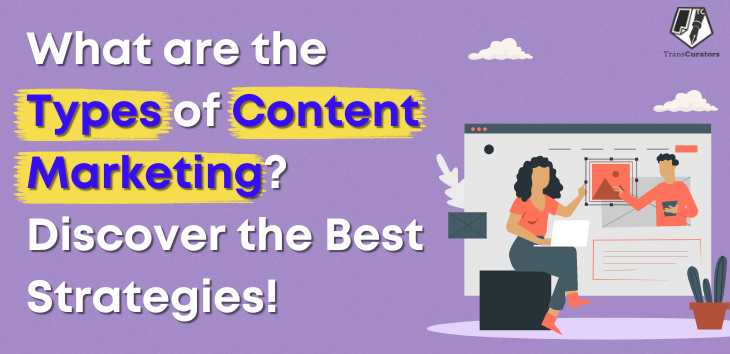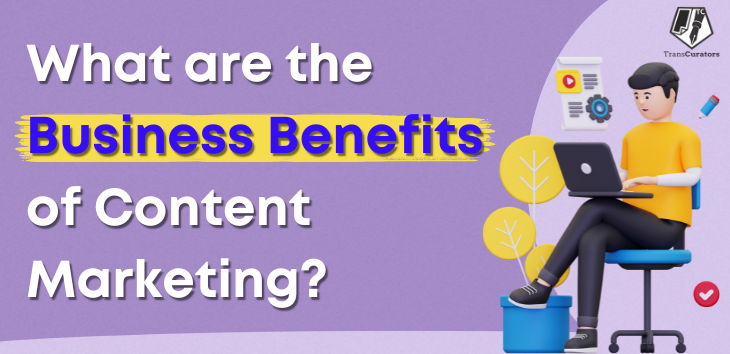Which Attributes Describe a Good Landing Page Experience
Building an appealing landing page is more than just using exquisite images and catchy phrases; it’s about creating an experience that piques your curiosity and smoothly guides you to take action. Imagine landing on a website that immediately speaks to your needs, with a headline that promises a solution and a clear button that encourages you to click. This is the essence of a successful landing page experience. Think of it as your business’s online storefront, where every component—from the headline and images to the call-to-action button—plays an integral part in persuading visitors to stick around and take a closer look. This blog will delve into the essential components of a remarkable landing page in this article and learn what makes Google Ads landing page experience below average. Which Attributes Describe a Good Landing Page Experience? Step-by-Step Creating a good landing page experience is essential for turning visitors into customers. A well-designed landing page can significantly boost the effectiveness of your marketing efforts, leading to improved conversion rates and more user engagement. Here are the key attributes that describe a good landing page experience: 1. Clear and Compelling Headline When visitors visit your page, they immediately see the headline. It needs to catch their interest immediately and attract them to read more. A strong headline is appealing, straightforward, and brief. It should communicate the key advantage of your good or service to your intended client. 2. Engaging Subheadline While the headline grabs readers’ attention, the subheadline must provide more information and encourage them to stay on the page. It should match the headline and give a quick overview of the page’s contents. An interesting subheadline increases curiosity and creates a pace for the rest of the content. 3. Strong Call to Action (CTA) A clear call to action is essential for bringing visitors to the wanted activity. The call to action must be clear, obvious, and convincing. Use action-oriented language that directs viewers to do certain tasks, such as “Sign Up Now,” “Download Free Guide,” or “Get Started Today.” Make the CTA connect to the page, utilising an effective placement. 4. Relevant and High-Quality Images Images are important for making a decent homepage experience. They should be relevant to the content and of high quality. Images can help you effectively express your point, break up text, and make the page more visually engaging. Use photos that connect with your target viewers and enhance the overall message of your landing page. 5. Concise and Persuasive Copy Your home page’s copy should be short, convincing, and easy to read. Avoid using slang or complex vocabulary that will confuse visitors. Concentrate on the advantages of your product or service and explain how it can solve the customer’s problem or meet their requirements. Use bullet points, brief paragraphs, and headings to make your information easier to surf. 6. Mobile Optimization Optimisation is vital for providing a positive web page experience when browsing websites via mobile devices. Ensure the homepage is responsive and looks incredible on any screen size. Test the page on multiple devices to check that it loads quickly and that all parts are easily accessible on mobile. 7. Fast Loading Speed A fast loading time is necessary to keep people on your page. Visitors are likely to leave a page that takes too long to load. To guarantee that your homepage opens quickly, optimises, removes unimportant scripts, and utilises a useful web service. Tools such as ‘Google PageSpeed Insight’ can help you find and fix issues slowing down your page. 8. Clear Value Proposition Your landing page should communicate the value proposition of your product or service. Visitors should understand what makes your offer unique and why they should choose you over competitors. Highlight the main benefits and features that set you apart and focus on how you can solve the visitor’s problem or improve their situation. 9. Minimal Distractions A productive landing page keeps distractions to a minimum, keeping viewers focused on the primary objective. Avoid using unwanted elements like numerous navigation links, pop-ups, or autoplay videos. Maintain attention on the core message and the CTA so visitors can understand and act on the information presented. 10. Consistent Branding Consistency in branding promotes trust and awareness among your targeted customers. Use your brand’s colours, typefaces, logos, and general style on the home webpage. Consistent branding offers a unified look and feel, making the homepage of your website appear more professional and genuine. 11. A/B Testing A/B testing, or split testing, is developing two or more web page versions to figure out which performs better. Test different headlines, CTAs, images, and layouts to see which ones engage the most with viewers. Use the data obtained from A/B testing to improve your landing page and boost sales continually. 12. Clear Privacy Policy Consumers want to know their data is safe and won’t be misused. Provide a clear and straightforward privacy policy on the homepage to guarantee visitors that the data they provide will be handled securely. This can help develop trust and make visitors feel comfortable sharing information. 13. Analytics and Tracking Use analytics and tracking tools to track the efficiency of the page you’ve created. Monitor core data such as bounce rate, conversion rate, and time on page to understand better how customers interact with your content. Use this information to pinpoint segments for improvement and make data-driven changes to improve the landing page experience. 14. Personalization Personalising the landing page experience can make visitors feel more valued and understood. Use dynamic content to tailor the page to different segments of your audience based on their behaviour, preferences, or location. Personalization can improve engagement and increase the likelihood of conversion. 15. Structured Data Markup Search engines can properly analyse your landing page by using structured data markup. Premium snippets and other improved search engine listings can result from this, improving your click-through rate. Use structured data to give search engines detailed information about your page. 16. Clear and Consistent Navigation Ensure


